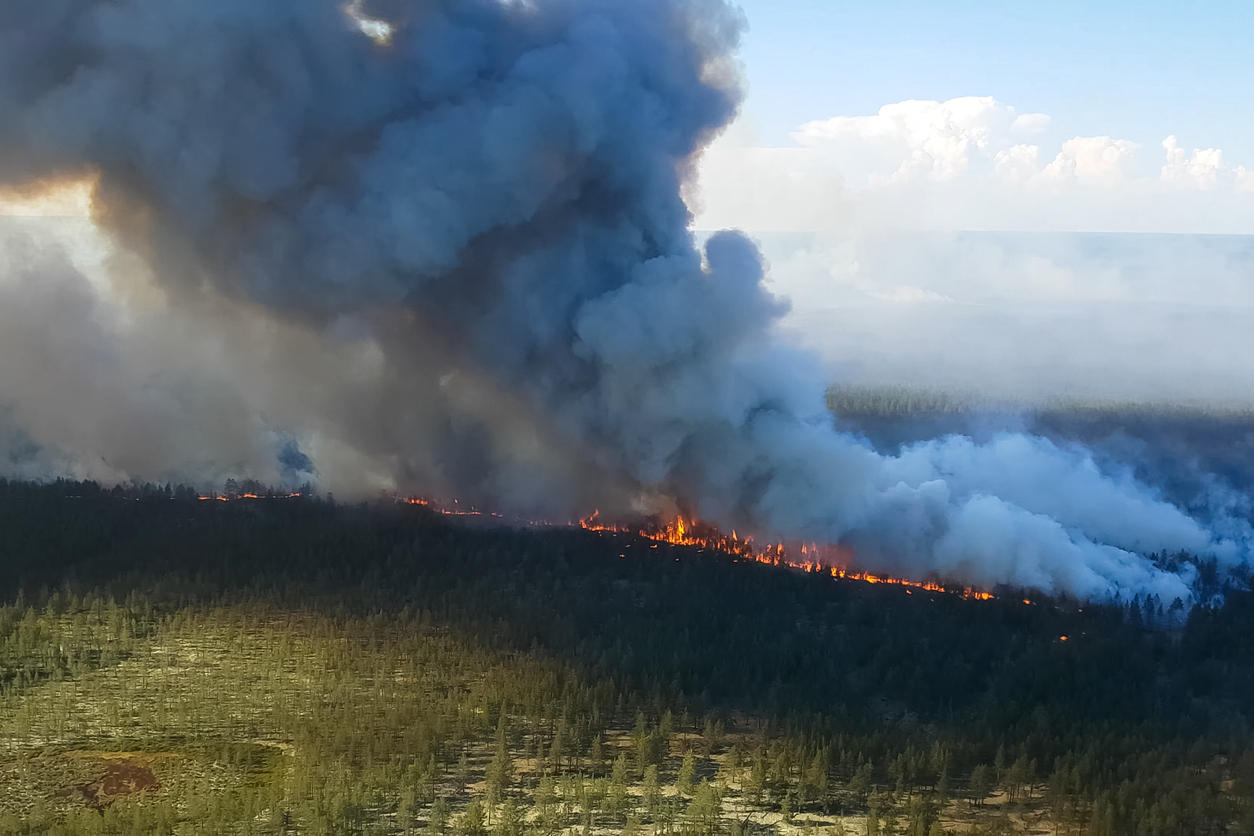
New UC Riverside research shows fungi and bacteria able to survive redwood tanoak forest megafires are microbial "cousins" that often increase in abundance after feeling the flames.
Fires of unprecedented size and intensity, called megafires, are becoming increasingly common. In the West, climate change is causing rising temperatures and earlier snow melt, extending the dry season when forests are most vulnerable to burning.
Though some ecosystems are adapted for less intense fires, little is known about how plants or their associated soil microbiomes respond to megafires, particularly in California's charismatic redwood tanoak forests.
"It's not likely plants can recover from megafires without beneficial fungi that supply roots with nutrients, or bacteria that transform extra carbon and nitrogen in post-fire soil," said Sydney Glassman, UCR mycologist and lead study author. "Understanding the microbes is key to any restoration effort."
Read more...







